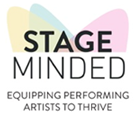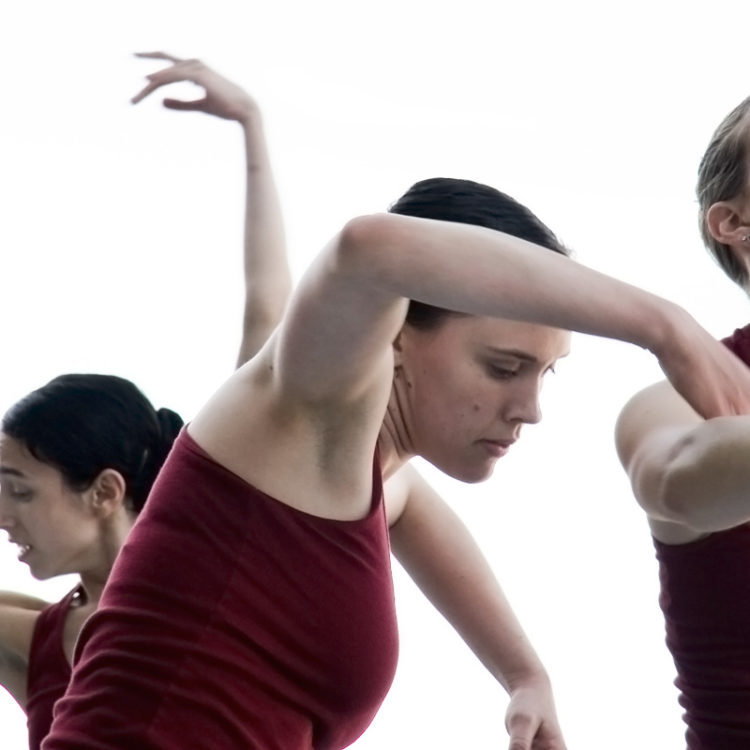Emotions and the body – Part 1: Dance is emotion in motion
Feelings are a big part of performing as a dancer.
Think of the most memorable performances you’ve seen, what made them memorable? Isn’t is the way they moved you?
Think of your favourite dancers to watch, what makes them so stunning? Usually it’s the way they share something of their own soul through their dancing.
Feelings are what make dancers artists not athletes and yet we often treat feelings as an add-on in our approach.
Only once the steps are learnt and mastered, the spacing is right and everything else is technically perfect, do we start talking about feelings. At this point, we say, “Now it’s time to let go and really dance”, we transpose a layer of expression over the rehearsed movements and expect genuine smiles and enthusiasm to suddenly appear.
But what if we’re missing the fact that feelings are integral to the entire process of dancing from beginning to end?
If we can give the expression of feelings some space in the dance studio on a regular basis, we may actually produces dancers who are more authentic, intuitive, expressive, grounded, creative and moving to audiences.
Who doesn’t want that?
So, why are feelings so integral to how we dance?
Emovere – dance is essentially emotion in motion
The word emotion is derived from the latin word: “emovere” meaning to move, move out or move through.
When I first learnt this, I was floored: Emotion is the essence of movement.
Yes, dance, at its essence, is about expressing the deep, guttural emotionality that gets right to the very core of us. That’s what makes our movements moving.
In dance, our purpose is to express emotions, communicating physically, allowing those feelings to move through the body, out of the body, and in doing so, to move others.
How powerful is that?
And yet, the way we typically train dancers is so detached from this. We separate technique from expression, we focus almost exclusively on the physical elements of strength, flexibility, shape, line & form and then get frustrated when our graduating students don’t know how to stand out at auditions, inspire choreographers, be creative and expressive and intense and moving.
Maybe it’s because we are not teaching them how to dance in an emotionally connected way.
Maybe it’s because we forget that emotions are actually embodied in our physical body and are a major part of how we move.
Emotions are embodied
Lisa Howell, dance physiotherapist from the Ballet Blog posted a great article last week about posture and emotions.
Emotions are not just an idea in your head, they are physically embodied. So, the way you feel affects the way you hold your body. For example, if you’re anxious you’ll probably get tense, if you’re confident you’ll stand tall and at ease, if you’re depressed you’ll slump.
Because emotions are embodied, they have implications on things that in dance are normally considered on purely physical terms, things like posture, line, coordination and injury.
Emotions might also provide a key for developing some of the more elusive elements that great dancers possess, but which can be so hard to pin down and teach: things like portraying beauty & ease, freedom of movement, confidence, risk-taking, creativity, intensity.
We often think these things are inherent, a dancer is either born with a natural way about them or they’re not. While it’s true that some dancers are naturally more intuitive and tend toward emotional authenticity, it’s certainly a skill that can be learned and developed.
By teaching dancers to understand, own and reveal the interaction between their emotions and their bodies in their dancing, teachers can enable dancers to develop a passion and purpose to their movements that can make even mediocre dancers genuinely moving.
So how can a teacher start to draw out the emotions in the motions of their dancers?
Here are some ideas:
1) Start each class with an emotional check in.
Have your dancers close their eyes and consider:
- how they are feeling right now
- where and how they sense that feeling in their bodies
- how that feeling can move through/out of their body in today’s class
Whatever mood a dancer is in, whether happy, sad, frustrated, jealous, bored, afraid… these moods can be channeled into creativity through their body and movements
2) Encourage dancers to “let go and really dance” in every class, not only in the final stages before performances and exams
3) Get dancers to “try on” different feeling words in a combination, step or pose you are working on to see how that affects their movement quality and confidence. Get dancers to find the word that fits how they feel when they dance at their best.
4) Consider the role of emotions in physical issues: When assessing technical weaknesses, injuries and physical tension, in addition to looking at bio-mechanical factors, also consider if there may be any emotional reasons why dancers hold their body in this way.
5) Make the dance studio a safe environment (free of judging and ridicule) where dancers can practice being vulnerable, open, integrated and passionate.
That’s all for today’s post, in Part 2 will be exploring the factors that keep us emotionally “stuck” in our dancing and how to become more authentic in your expression.

